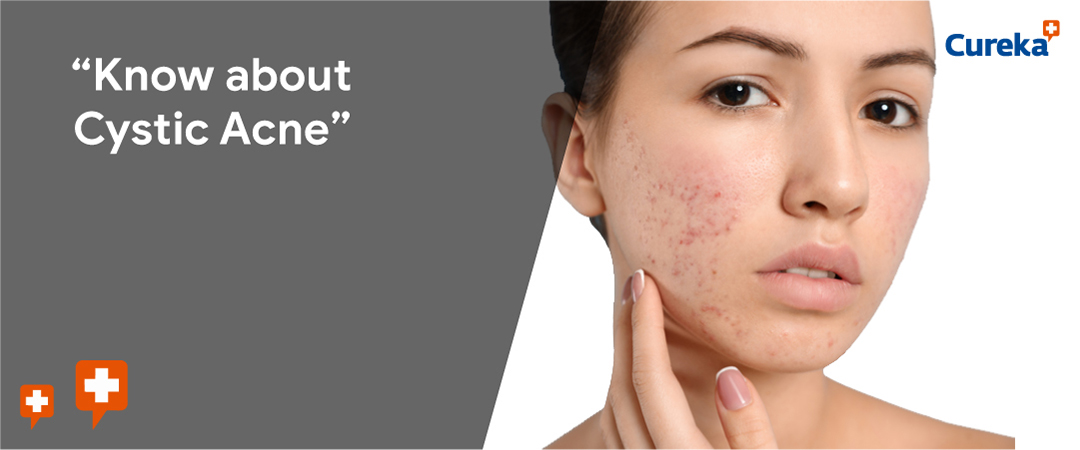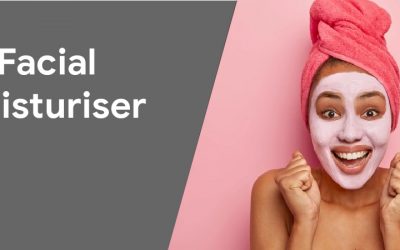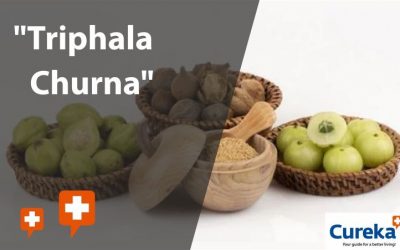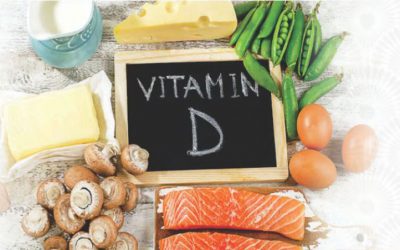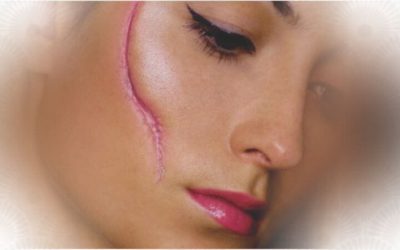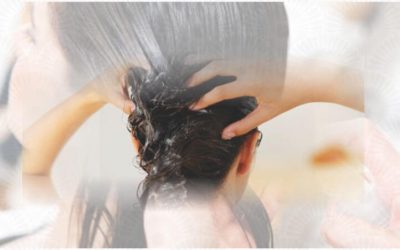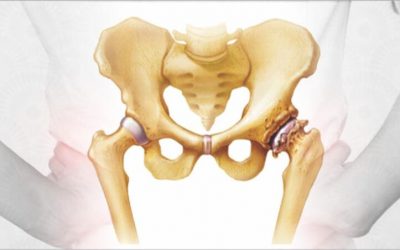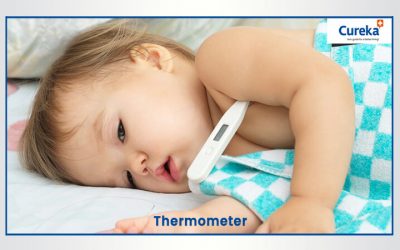Know about Cystic Acne
Cystic acne is the most serious type of acne. It develops when cysts form deep underneath your skin. This can result from a combination of bacteria, oil, and dry skin cells that get trapped in your pores. Although anyone can develop acne, cystic acne tends to occur in people with oily skin. It’s also more common in teens, women, and older adults with hormonal imbalances. Looking to treat cystic acne? Consult with your doctor or get the doctors prescribed skin care products from trusted buyers like Cureka.
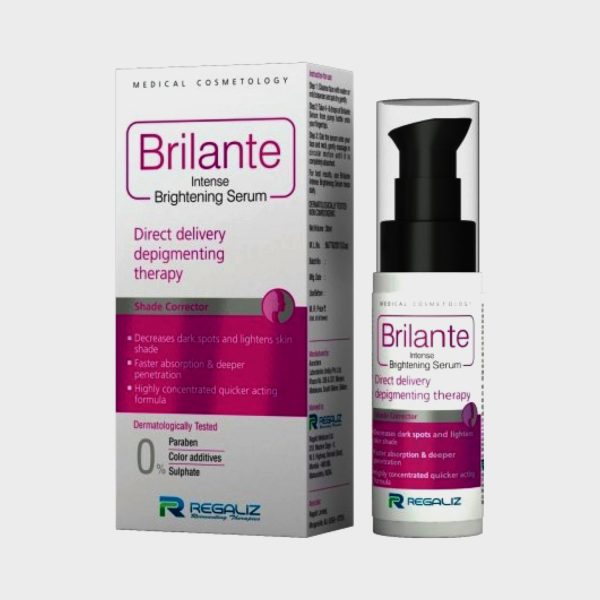
Symptoms
Acne signs and symptoms vary depending on the severity of your condition.
- Painful, pus-filled lumps beneath the surface of the skin (cystic lesions)
- Large, solid, painful lumps beneath the surface of the skin (nodules)
- Pimples (pustules), which are papules with pus at their tips
- Small red, tender bumps (papules)
- Blackheads (open plugged pores)
- Whiteheads (closed plugged pores)
5 Facts You May Not Know About Cystic Acne
- Most doctors recommend going within to treat cystic acne, and most forms of moderate to severe acne. Because cysts form below the surface of the skin, most topical treatments do little to treat the problem, leaving many cystic acne sufferers feeling frustrated and helpless.
- Cystic acne is NOT caused by greasy food or chocolate. While the foods we eat can cause our bodies to react in different ways, there is no one food the formation of acne can be pinned on.
- Cysts begin forming days before symptoms become apparent. Many people look to treat their acne as soon as it’s formed on their skin, but for anyone with cystic acne, that’s easier said than done.
- Cysts occur when inflamed pores become ruptured. All acne can be traced back to a clogged hair follicle, or pore. In the case of cystic acne, breakouts occur when the inflamed pore becomes ruptured, releasing bacteria which leads to a wider spread of inflammation underneath the surface of the skin.
- Cystic acne is a form of inflammatory acne. Inflammation is a natural response of the body. When a pore becomes clogged with excess oil and dead skin cells, bacteria forms, which alerts the body to send in white blood cells to “attack” the foreign agent.
When most people think of acne, those little red dots on the surface of the skin come to mind, and the most practiced solution for dealing with them is to zap those suckers dry until they disappear completely. Are you looking for get rid of cystic acne? Consider choosing resut oriented acne serum for better results.




